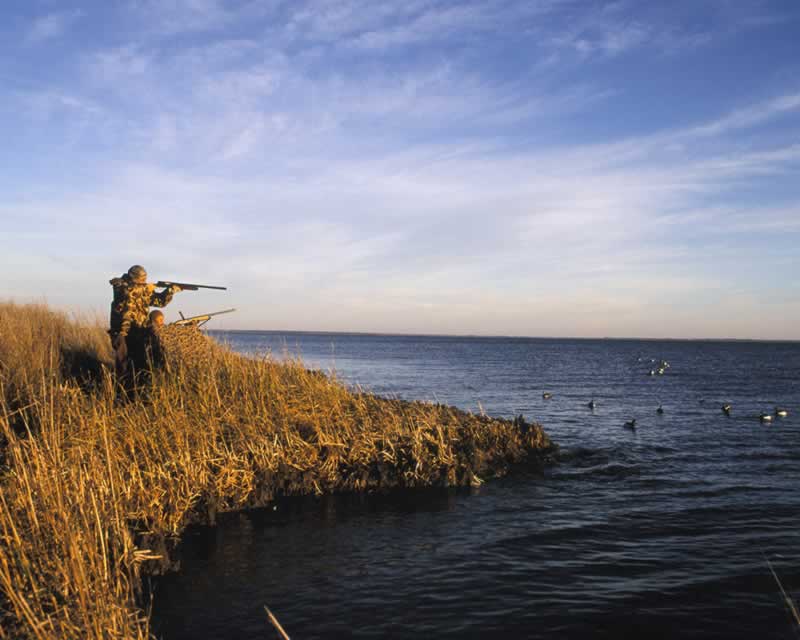Lifespan
The oldest known wild Redhead lived 22 years 7 months after banding.
 Disease
greatly affects the lifespan of the Redhead Duck. The two most
prominent diseases of the Redhead Duck are Duck Virus Enteritis
(DVE) and avian botulism. Duck Virus Enteritis (DVE) is caused by
the herpes virus and can cause hemorrhaging and death within two
weeks of exposure. Avian botulism affects the peripheral nerves and
may cause the duck to have a droopy neck. After death of avian
botulism, maggots may feed on the carcass and will then contain the
toxin. A cycle is then created after the duck eats a toxic maggot.
Disease
greatly affects the lifespan of the Redhead Duck. The two most
prominent diseases of the Redhead Duck are Duck Virus Enteritis
(DVE) and avian botulism. Duck Virus Enteritis (DVE) is caused by
the herpes virus and can cause hemorrhaging and death within two
weeks of exposure. Avian botulism affects the peripheral nerves and
may cause the duck to have a droopy neck. After death of avian
botulism, maggots may feed on the carcass and will then contain the
toxin. A cycle is then created after the duck eats a toxic maggot.
Hunting also causes several deaths to the duck population. It is actually the greatest threat to the Redhead Duck. Not only are ducks affected by hunting by being shot, they are also susceptible to lead poisoning. The lead pellets that are discarded from the shotgun shells are often eaten by the duck causing it to become weaker over time until it eventually starves to death. Redhead ducks are divers and therefore are very susceptible to this.
(Baldassarre and Bolen, 1994; USGS Bird Banding Laboratory, 2003)
Ducks often do the best they can in caring for their young and ensuring a long lifespan. In attempt to hide their nests, redheads nest over water so that skunks and other terrestrial animals will not find them. The female and her ducklings are camouflaged to become less noticeable to predators. This also allows ducks to hide from hunters.
(Bellrose, 1976)
